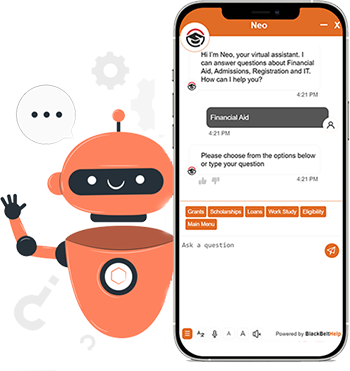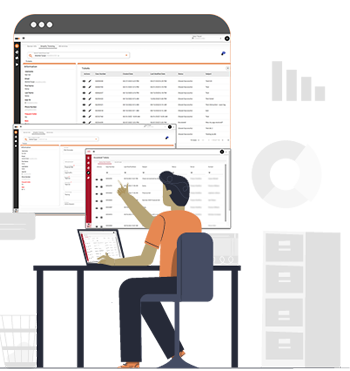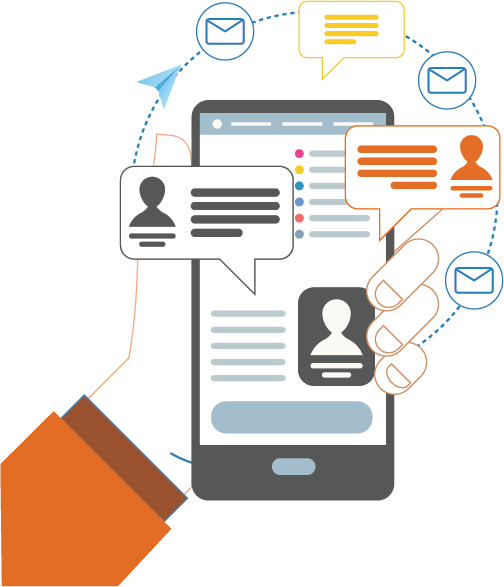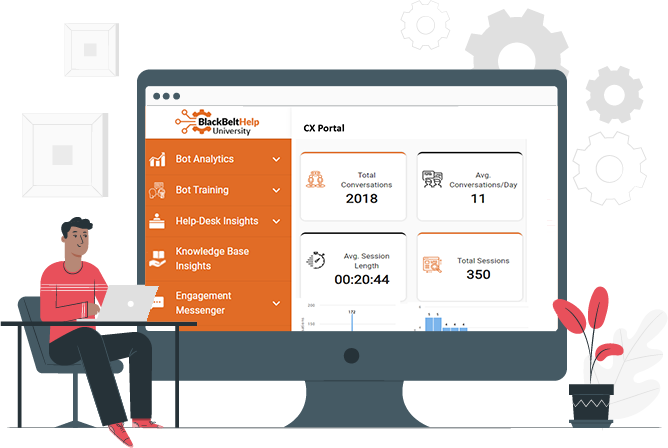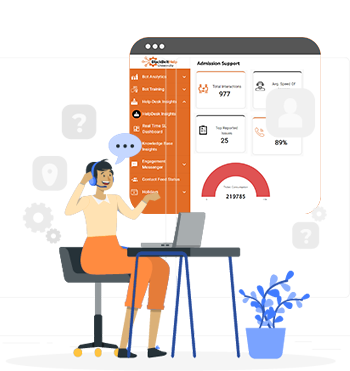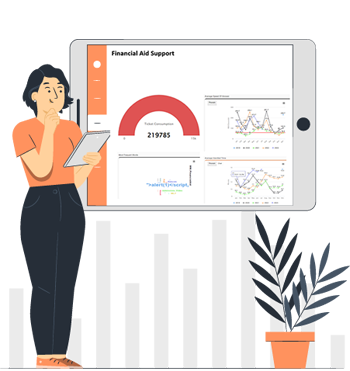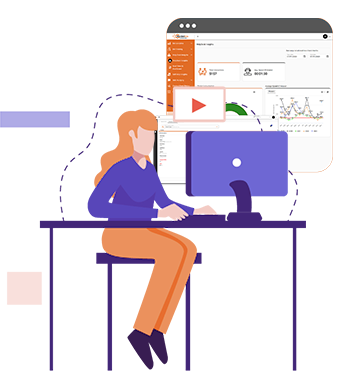The Power of Predictive Analytics: Using Data to Propel Students Towards Success
Predictive analytics is the process of using statistical techniques to extract patterns from historical data in order to predict future outcomes. From finance to healthcare, and higher education, in particular, the use of predictive analytics is gaining currency. Embarking on a predictive analytics journey not only helps you attain better results, deliver great customer experiences but also has remarkable financial benefits.
Maximize Student Success with Predictive Analytics:
Newly emerging disruptive technologies like AI, predictive analytics have made it possible to have data-informed insights into customer behavior and predict what will or won’t resonate with them. In the context of education, deploying AI in higher education and learning analytics lets administrators see enhanced student success behavior patterns in an otherwise raw mass of data. It becomes possible by setting years’ old historical student data against a machine learning algorithm which can extract patterns from it to predict the maximum chances of student success. With every student record that this algorithm looks at, its ability to predict what will or won’t maximize the chances of student success gets better.
Tap into The Immense Potential Your Student Data Holds:
Machine learning holds immense promise in the field of higher education if deployed, monitored, measured with a certain discipline. The constant focus today is on student-centric support. With OneStop student services, machine learning technologies; institutions today want to deliver a student experience that will take away the edge from their complex academic journey. Predictive Analytics has come to play a great role in helping educational institutions achieve these student support goals.
Linda Hartford, CIO at Northeast Wisconsin Technical College in an article in CIO Review writes that “Higher education strives to achieve Amazon’s mastery of customer data gathering and use of predictive analytics”. She, however, claims that the goal isn’t the same as Amazon when she says, “Higher education is not looking to determine how many widgets it can sell in certain markets, but rather, will a student who enters college persist, and will she complete a degree”.
Institutions today have a wealth of information about students right from when they are only prospects to their graduation stage. This includes high school transcripts, financial data, demographic data, progress and success data, course and program data, as well as data on extracurricular activities. Predictive analytics sorts through this mass of raw data to:
- Personalize student learning
- Enhance customer/student service
- Monitor student engagement levels
- Notify faculty and advisors about at-risk students
- Increase positive outcomes including higher enrollment and graduation rates
Propel Your Student Towards Success through Predictive Analytics
The consolidation of academic, demographic and social data (obtained from social media, blogs, and other such channels) along with deployment of predictive analytics can put your faltering students back on track. It can give the instructors, administrators important insights into where a student is heading, whether s/he needs assistance, what can maximize the chances of graduation. While such unrestricted access to personal student information can raise some privacy and security concerns, the onus is on the educational institutions to ensure the ethical use of this data while leveraging its benefits.

